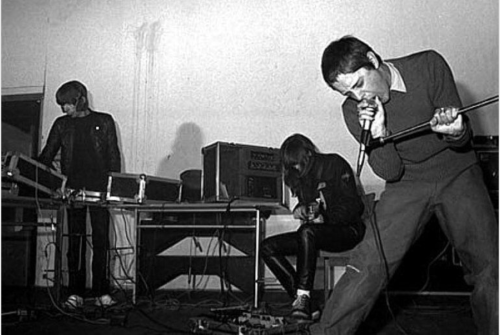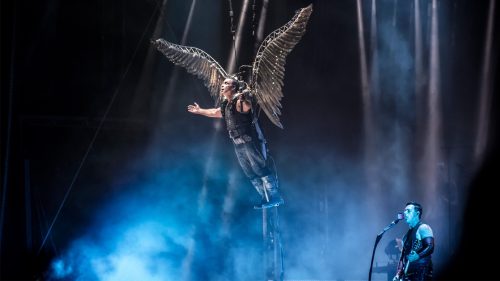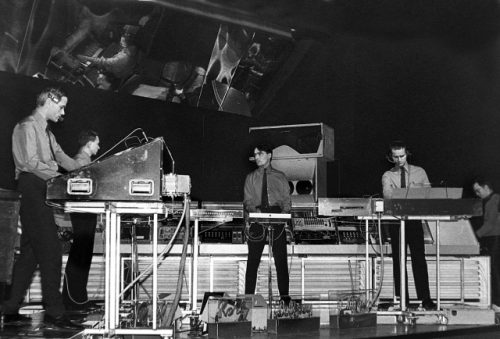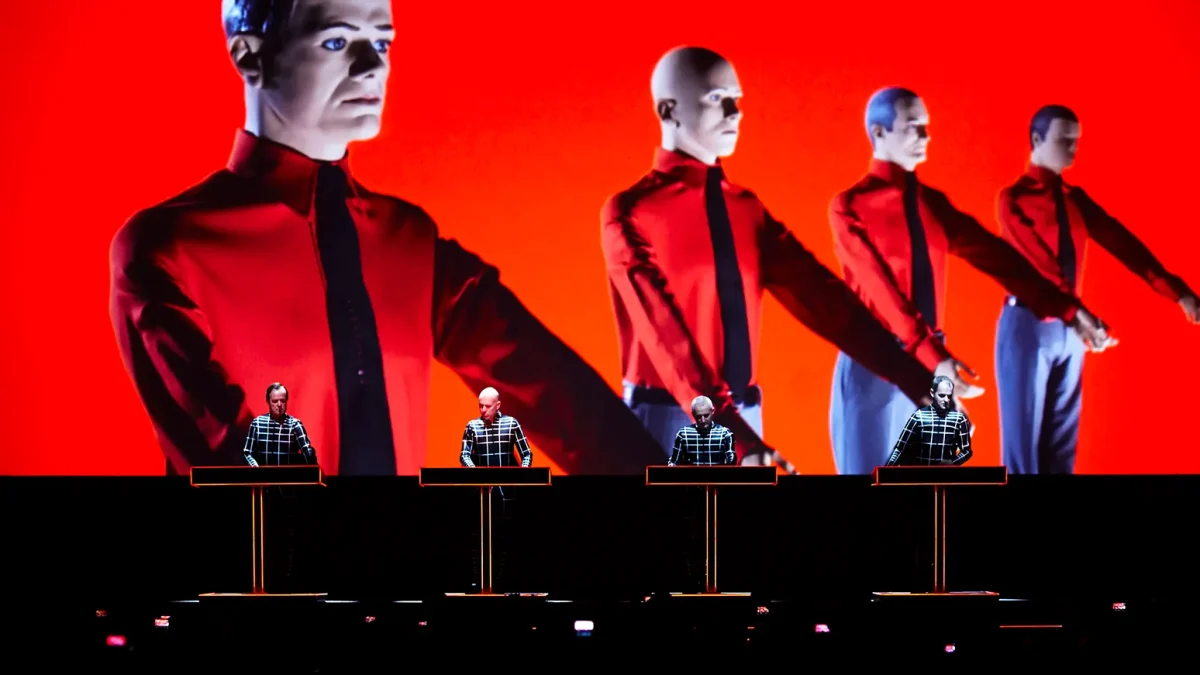
Copenhell: A Metal Storm in Copenhagen
9 July 2024
Review: “Bring Me The Horizon – POST HUMAN: NeX GEn”
19 July 2024The Evolution of Industrial Music: From Underground to Mainstream
If you’ve ever wondered what comes to mind when we talk about industrial music, or what remains of its origins, then let’s take a closer look at the roots, beginnings, and examples of this genre.
Industrial music began with a broader scope than we might think. The “industrial music” term emerged in late 1970s London when the members of Throbbing Gristle founded Industrial Records. Artists like Monte Cazazza, SPK, Cabaret Voltaire, and The Leather Nun weren’t just making music for entertainment; they were pushing the boundaries with experimental aesthetics, using music as a platform for intellectual exploration and social criticism.
These early industrial musicians utilized pre-recorded samples and electronic sounds, creating dystopian atmospheres combined with provocative lyrics to offer listeners an unsettling and thought-provoking experience. Some, like Throbbing Gristle, also incorporated visual elements into their performances to express their ideas.

At its core, industrial music was a response to the rebellious nature of punk music, offering an intellectual alternative by embracing complexity. Industrial artists aimed to confront societal taboos and promote personal liberation, rather than rallying crowds with political slogans.
During the early days, industrial music, whether directly linked to Industrial Records or not, represented any underground electronic music scene that embraced and shared its aesthetics. Music journalist Jon Savage summed up the key elements that characterized industrial music and its early bands:
- Organizational Autonomy: Industrial music was entirely separate from the mainstream, relying solely on its distribution methods.
- Access to Information: One of the ideals was free access to information not provided by TV or other media.
- Synthesizer Use and Anti-Music Concept: Industrial artists adopted new technology to distinguish themselves from the mainstream rock music dominated by rock artists, creating a form of anti-music.
- Use of Extra-Musical Elements: Messages were conveyed not just through music but also through performance art.
- Shock Tactics: Inspired by surrealism, industrial artists sought to break the automation barrier created by modern media, offering an unconventional and surprising art experience to provoke thought and emotional response.
To explore early industrial music examples, check out this playlist: Early Industrial Music.
The second wave of industrial music, from around 1982-1990, saw the genre enriched with sub-genres like EBM, Coldwave, and Industrial Rock. New bands like Front 242, Wumpscut, Ministry, Young Gods, Leætherstrip, Autopsia, and Skinny Puppy began to reinterpret the sound and style, contributing to the genre’s popularity and diversity. While industrial music’s original ideals were largely maintained, efforts were made to make the music more listenable, leading to a departure from its unique beginnings as punk and goth subcultures began to adopt the style.
In 1988, Ministry’s album “The Land Of Rape And Honey” became one of the first to merge industrial music with metal, blending electronic rhythms and industrial sounds with heavy metal guitars. This helped industrial music find a place in the mainstream alternative music scene.

Following Ministry, bands like Nine Inch Nails, Gravity Kills, Stabbing Westward, Marilyn Manson, Orgy, Rob Zombie, and Rammstein emerged. As industrial music climbed the charts in the 90s, its original nature changed significantly, becoming less defined and more inclusive. Some early followers preferred to call this new development electronic metal (or sampler metal) rather than industrial metal, arguing that these bands were essentially traditional metal groups using electronic and industrial elements to sell and innovate their music.
While bands like Rammstein, Oomph!, and Eisbrecher represent the Neue Deutsche Härte (NDH) music movement that emerged in the late 90s, this genre is also characterized by a blend of industrial, electronic, and metal elements. Rammstein, in particular, incorporates visual elements and performance art in their live shows and music videos, creating dystopian atmospheres reminiscent of the early industrial music.

Today, the bands we recognize as industrial metal/rock are quite distant from the original ideals and rawness of industrial music. However, using the term “industrial” for these bands may not be entirely wrong, as the genre’s aesthetic has become synonymous with the term. These bands can be seen as industrial musicians who approach the genre’s elements more generically.

Lastly, let’s mention Kraftwerk, pioneers of electronic music, whose innovative approach to “robot music” has significantly influenced the industrial music culture. Though not a part of industrial music per se, their experimental electronic foundations have inspired both early industrial artists and contemporary examples of the genre. Their 1975 album “Radio-Aktivitat” is a notable example of their influence on industrial music.




